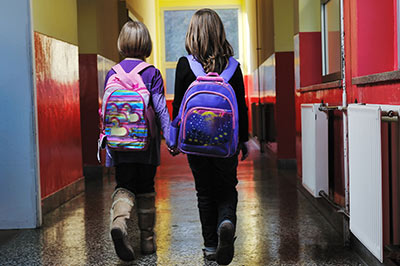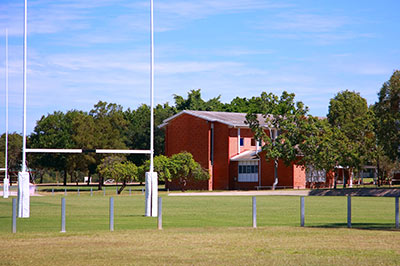How many children get to say that they spent the morning not only in the great outdoors, but doing their part to help wildlife as well? One perfectly sunny, but breezy day in May, my kindergarten class at P.S. 197 in Brooklyn, NY brought the native plants that we had been growing in our classroom to Jamaica Bay Wildlife Refuge, part of the National Park Service’s Gateway National Recreation Area, to provide nourishment for monarch butterflies, bees, and other pollinators.
We had grown the plants from seed that we collected at the Refuge back in October. It was the latest chapter of our year-long Growing a Wild Brooklyn and Queens program, which includes 12 other participating NWF Eco-Schools. In addition to getting the children – and their parents – outside for a second trip to the Refuge, the program gave me the impetus to get the children outside a couple of more times to plant wildflowers in our own pollinator garden at our school.







